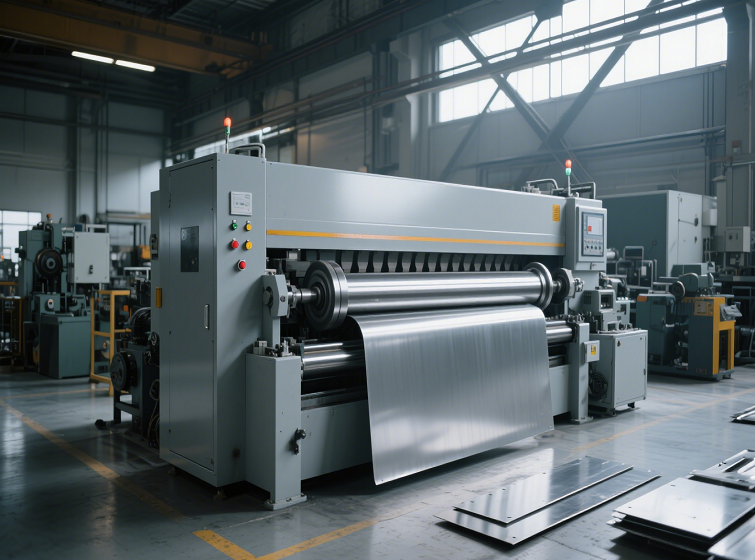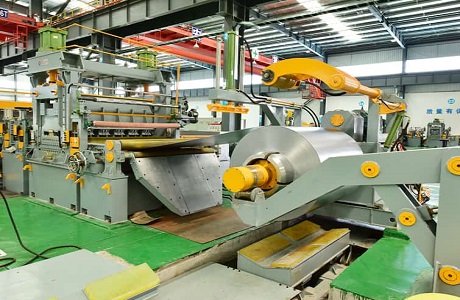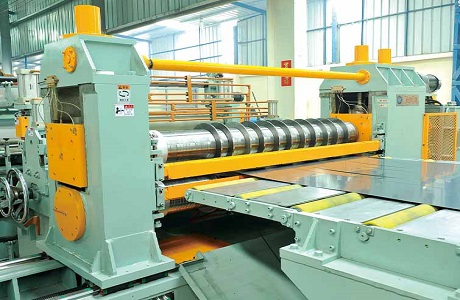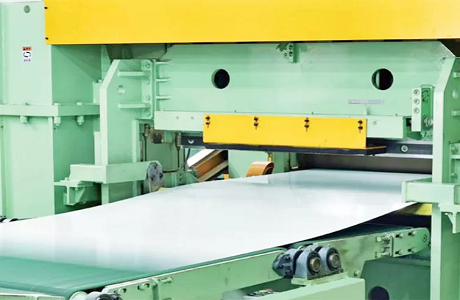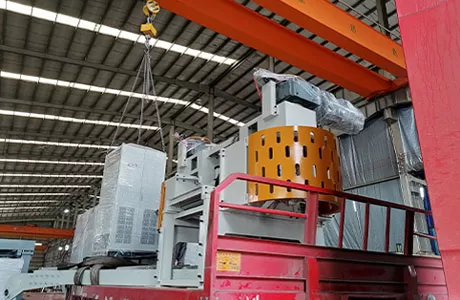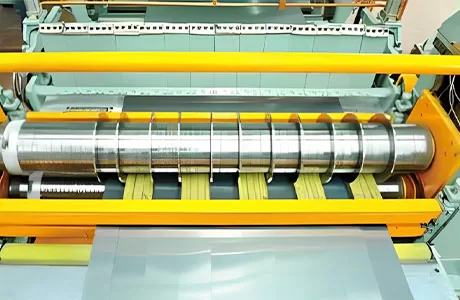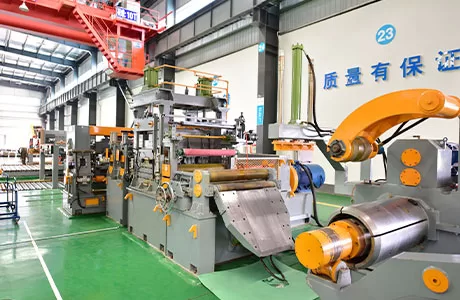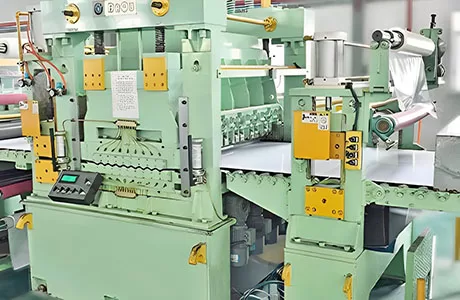Tips for Optimizing Your Sheet Metal Slitting Machine’s Performance
Tension Control
Appropriate tension applied to the sheet metal as it enters and exits the slitting machine is crucial for accurate and consistent results. Too little tension can lead to uncontrolled movement of the sheet, while too much tension can deform or damage the metal. Proper tension control ensures that the sheet is fed smoothly through the machine, resulting in precise cuts.
Machine Alignment and Calibration
Accurate alignment of the machine components is essential for optimal performance. Regularly check the alignment of the rollers, blades, and other parts to ensure they are perfectly perpendicular to each other. Proper calibration also involves setting the machine parameters, such as cutting length and width, accurately.
Operator Training and Monitoring
Well-trained operators can make a significant difference in the performance of the sheet metal slitting machine. Ensure that operators are thoroughly trained on the machine’s operation, maintenance, and safety procedures. Regular monitoring of the machine during operation allows for timely adjustments to prevent potential issues.
Data Collection and Analysis
Advanced sheet metal slitting machines often come equipped with data collection systems. Utilize these features to monitor key performance indicators such as cutting speeds, blade wear, and downtime. Analyzing this data can help identify areas for improvement and optimize the machine’s overall efficiency.
By implementing these tips, you can significantly enhance the performance of your sheet metal slitting machine. Optimizing these aspects will result in increased accuracy, reduced downtime, higher productivity, and ultimately, a superior quality of cut strips. Remember to consult with experienced technicians or machine manufacturers for specific recommendations and support if needed.
Proper Blade Selection and Maintenance The choice of blades directly influences the quality of the slit strips. Opt for high-quality blades specifically designed for the type of metal you’re cutting. Ensure blades are sharp and correctly aligned to prevent burrs or uneven cuts. Regularly inspect blades for damage and replace them promptly when necessary.
Optimal Cutting Parameters
The cutting speed, feed rate, and blade gap have a significant impact on the machine’s performance. Experiment with different settings to determine the optimal combination for your material and desired strip width. For thin metals, higher cutting speeds and finer blade gaps are generally preferable, while thicker metals require a slower approach with larger gaps.
Lubrication and Cooling
During the slitting process, friction can generate heat, which can damage the blades and reduce cut quality. Lubrication and cooling are essential to minimize friction and maintain blade sharpness. Use a high-quality cutting fluid specifically designed for sheet metal slitting to lubricate and cool the blades.
Proper Blade Selection and Maintenance The choice of blades directly influences the quality of the slit strips. Opt for high-quality blades specifically designed for the type of metal you’re cutting. Ensure blades are sharp and correctly aligned to prevent burrs or uneven cuts. Regularly inspect blades for damage and replace them promptly when necessary.
Optimal Cutting Parameters
The cutting speed, feed rate, and blade gap have a significant impact on the machine’s performance. Experiment with different settings to determine the optimal combination for your material and desired strip width. For thin metals, higher cutting speeds and finer blade gaps are generally preferable, while thicker metals require a slower approach with larger gaps.
Lubrication and Cooling
During the slitting process, friction can generate heat, which can damage the blades and reduce cut quality. Lubrication and cooling are essential to minimize friction and maintain blade sharpness. Use a high-quality cutting fluid specifically designed for sheet metal slitting to lubricate and cool the blades.
